John O’Shaughnessy had a defining moment in his farming career when one of his stock bulls came running for him while he was out herding his cows.
With no escape route behind him, John had to run towards the bull and swerve out of his way just as he got near the bull to avoid him. As he brushed past the bull, he was able to get out under an electric wire and away from the angry bull.
Needless to say, this stock bull didn’t last long more on the farm. Following this incident, John decided that no bull was worth having on the farm if there was a risk to any member of his family or any other person. He has used 100% AI for the last three years.
In 2017, John recorded 8.5% not in calf after nine weeks of breeding. John wants to stay with black and white cattle, but is clear that the process of increasing milk solids is slow, despite using high-EBI sires with good milk solids.
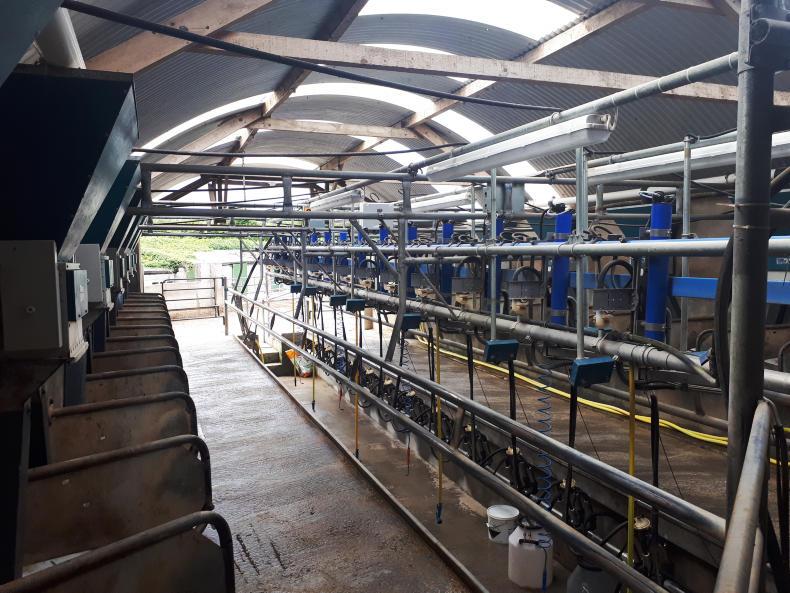
On our tour, not many spring milkers have an ice bank tank, but John O’Shaughnessy has. The external ice bank builder works using night-rate electricity to build ice. The 10,500-litre Packo tank then gets the milk after it passes through the two-stage plate-cooling process.
First-stage well-water is used at 11°C degrees and then second-stage chilled water at 6°C from ice bank circulation. In fairness, it seems to be doing the job. The tank TBC rarely exceeds 10, with most TBC readings back around 5 and 6.
On this farm, each cow is drawn to check for mastitis and, if a cow is detected, the CMT paddle is used to identify the infected quarter.
Cows with mastitis are milked last and into a dump bucket. Gloves are always worn and, as John says, it makes washing your hands easier to avoid cross-contamination.
John is secretary of the west Limerick advisory region for Kerry Agribusiness and has a keen interest in keeping sustainable dairy farming top of the agenda.
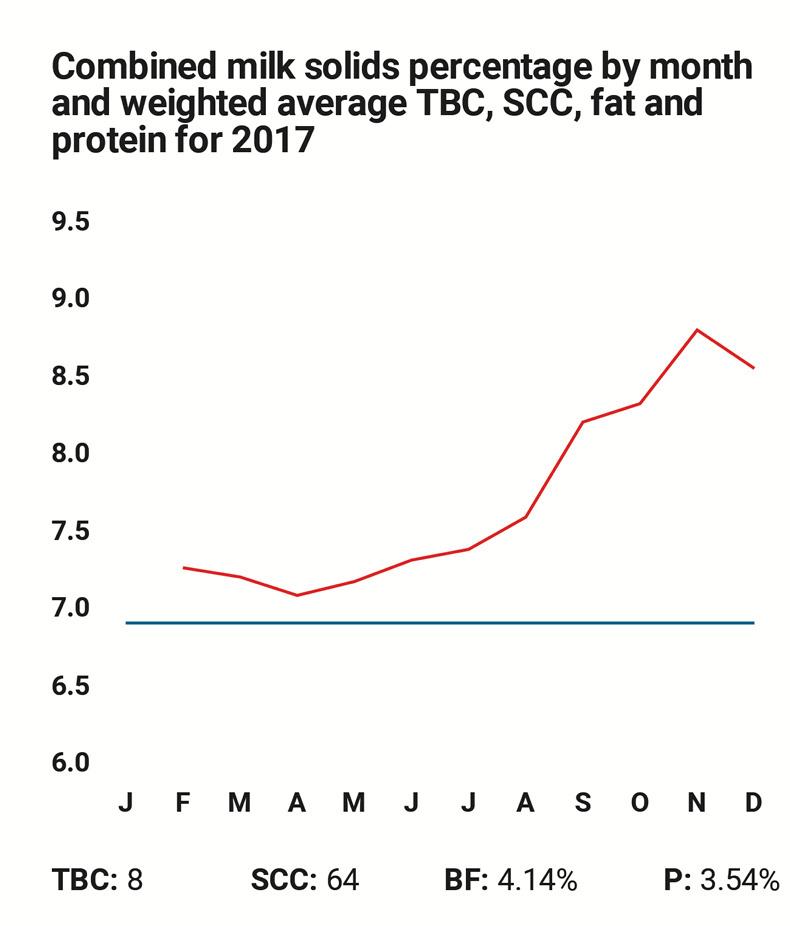
John O’Shaughnessy had a defining moment in his farming career when one of his stock bulls came running for him while he was out herding his cows.
With no escape route behind him, John had to run towards the bull and swerve out of his way just as he got near the bull to avoid him. As he brushed past the bull, he was able to get out under an electric wire and away from the angry bull.
Needless to say, this stock bull didn’t last long more on the farm. Following this incident, John decided that no bull was worth having on the farm if there was a risk to any member of his family or any other person. He has used 100% AI for the last three years.
In 2017, John recorded 8.5% not in calf after nine weeks of breeding. John wants to stay with black and white cattle, but is clear that the process of increasing milk solids is slow, despite using high-EBI sires with good milk solids.

On our tour, not many spring milkers have an ice bank tank, but John O’Shaughnessy has. The external ice bank builder works using night-rate electricity to build ice. The 10,500-litre Packo tank then gets the milk after it passes through the two-stage plate-cooling process.
First-stage well-water is used at 11°C degrees and then second-stage chilled water at 6°C from ice bank circulation. In fairness, it seems to be doing the job. The tank TBC rarely exceeds 10, with most TBC readings back around 5 and 6.
On this farm, each cow is drawn to check for mastitis and, if a cow is detected, the CMT paddle is used to identify the infected quarter.
Cows with mastitis are milked last and into a dump bucket. Gloves are always worn and, as John says, it makes washing your hands easier to avoid cross-contamination.
John is secretary of the west Limerick advisory region for Kerry Agribusiness and has a keen interest in keeping sustainable dairy farming top of the agenda.






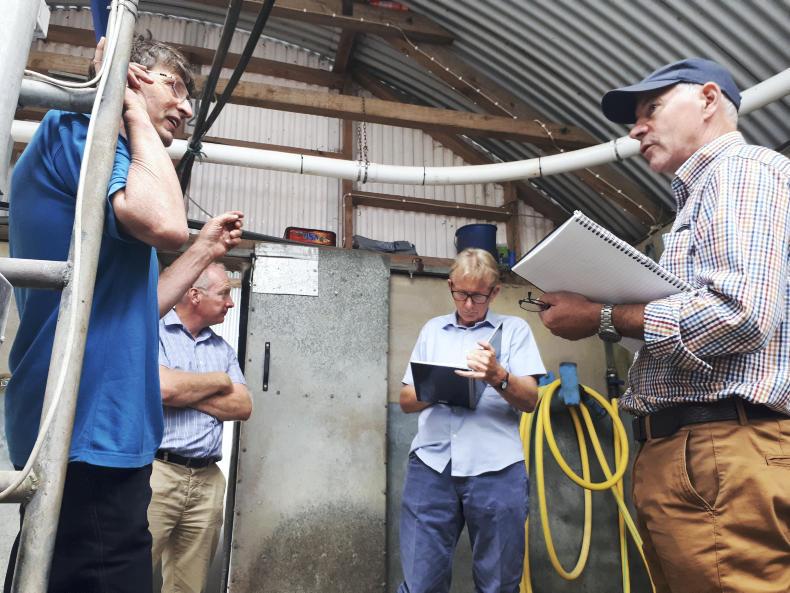

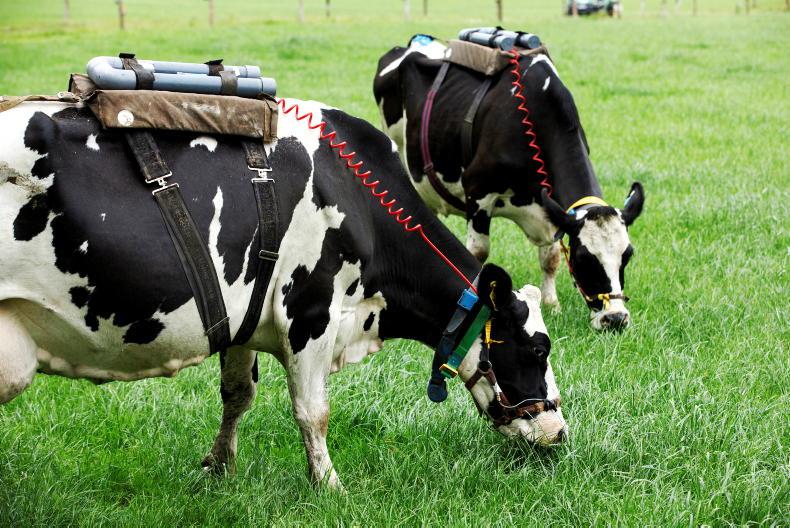

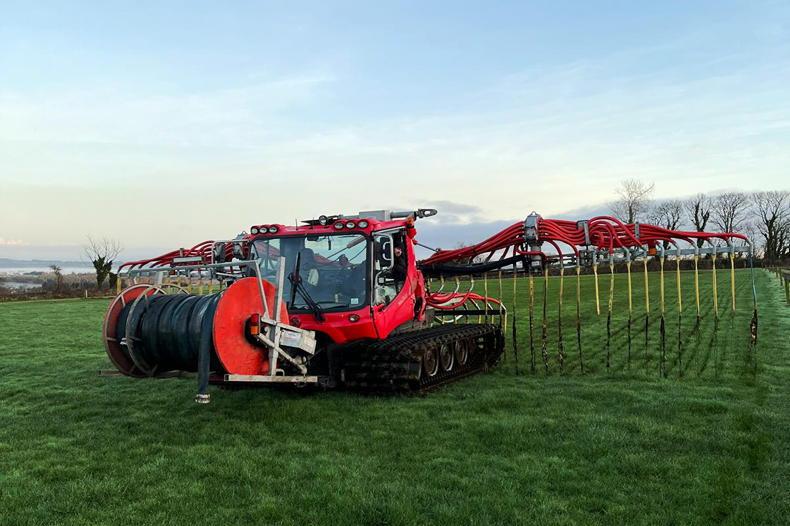
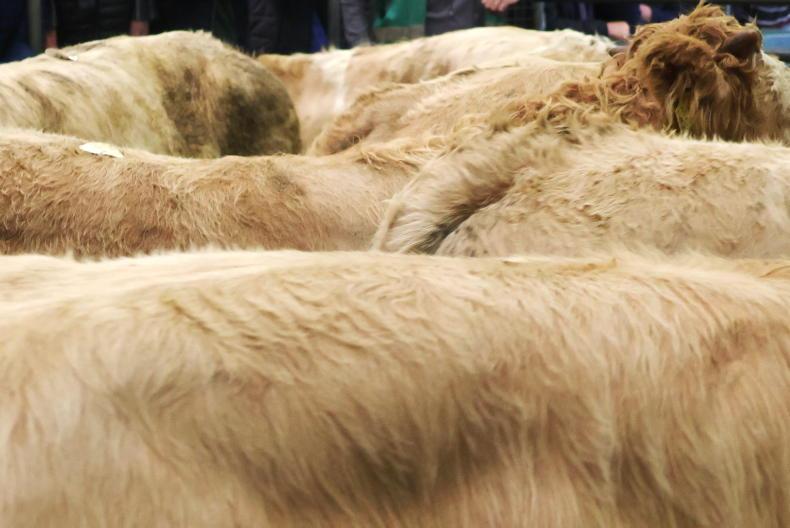
SHARING OPTIONS